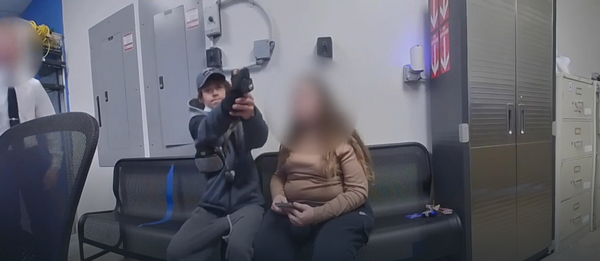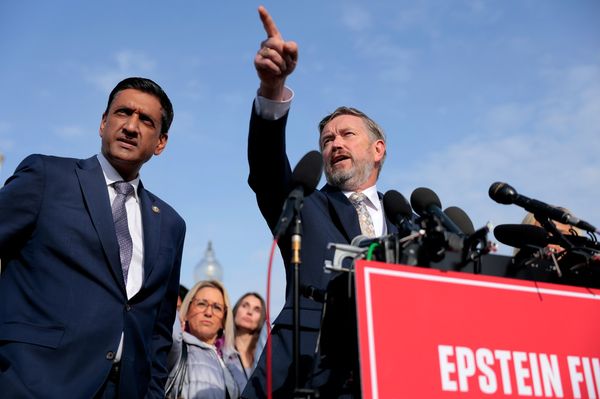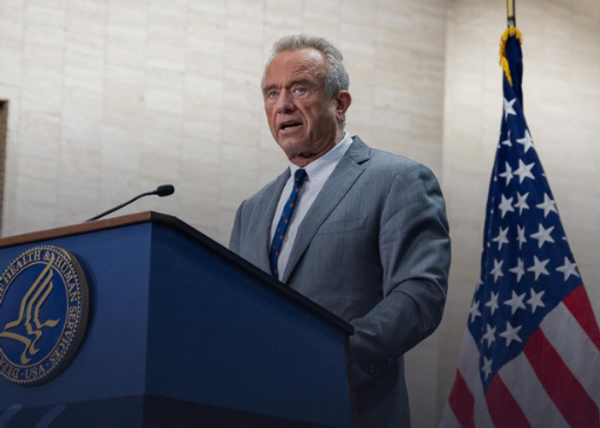
NCAA’s House settlement approval ushers in new era: schools can now directly pay athletes, redefining college sports compensation model.
At 9 p.m. ET on a quiet Friday night, a California courtroom echoed with history. The ruling was swift, but its reverberations will be felt for decades. A federal judge approved the NCAA’s House settlement, ushering in a future that college athletics has long resisted — one where schools can directly pay their athletes.
This wasn’t just a court decision; it was a course correction. The old model — built on amateurism, nostalgia, and unpaid labor — had already been chipped away. But now, with Judge Claudia Wilken’s ruling, it’s officially dismantled.
The settlement resolves three antitrust cases and greenlights schools to share revenue with athletes. Beginning July 1, the transformation becomes reality. The College Sports Commission, a new enforcement body largely run by the power conferences, will oversee this change. The road to this moment wasn’t clean. It came after court losses, public criticism, and a shifting tide of athlete empowerment. But in the end, the NCAA opted to settle rather than risk $10 billion in damages.
It’s more than a financial agreement. It’s a redefinition of what college sports are — and who they’re truly for.
A Billion-Dollar Apology to the Past
For athletes who once toiled in stadiums and arenas without pay, the House settlement offers a long-overdue form of justice.
As part of the deal, the NCAA will pay $2.8 billion in backpay to athletes who competed between 2016 and 2024. These were the players who helped build brands, sold out venues, and powered billion-dollar TV deals — all while being told that a scholarship was enough.
This isn’t just retroactive pay. It’s an acknowledgement. It says, “We see you now. We should’ve seen you then.”
More than 85,000 athletes filed claims to be part of the payout. Fewer than 600 opted out or objected — a striking statistic that speaks to both the scale of the injustice and the hunger for change.
With the House settlement’s approval, a thread…
The settlement – negotiated by plaintiffs seeking back-NIL pay and NCAA/power leagues – has 3 main parts: 1) $2.8B in back-pay to ex-athletes 2) $20B+ in rev-share to future athletes 3) New roster rules & enforcement arm
— Ross Dellenger (@RossDellenger) June 7, 2025
The money is significant. But so is the message. With this ruling, college sports admits it profited off athletes who got too little in return. And now, in financial terms, it’s finally trying to make things right.
Forward Pay and New Guardrails
The House settlement doesn’t just address the past. It builds a framework for the future.
Starting in July, schools can share revenue with athletes — up to $20.5 million annually per program. Though voluntary, many schools are expected to embrace the model. In Year 1, most of that money will flow to football and men’s basketball players, with a smaller share for Olympic and women’s sports.
To maintain fairness and avoid chaos, oversight will come from a new body: the College Sports Commission. Led by former MLB executive Bryan Seeley, the commission will ensure programs stay within their financial cap and scrutinize third-party NIL deals.
Enter “NIL Go” — a Deloitte-run clearinghouse designed to validate NIL deals. Every agreement worth $600 or more must pass through it. The system will determine fair market value and reject shady contracts. Athletes can appeal, but deals found out of bounds risk their eligibility.
amateurism in college sports is over after House v NCAA antitrust settlement is approved, allowing schools to share millions with players. The $2.8 billion, 10 year settlement will pay past players for missed NIL opportunities and allow colleges to share as much as $20.5 million…
— Dick Weiss (@HoopsWeiss) June 7, 2025
It’s a delicate dance: empowering athletes while trying to prevent a free-for-all. But the attempt marks a dramatic shift from the opaque, often inconsistent NCAA enforcement of the past. This time, athletes have a seat at the table — and a clearer view of the rules.
Contracts, Contingencies, and Legal Shadows
Even before the judge’s ruling, schools were preparing. Some athletes had already signed revenue-sharing agreements — contracts set to activate if the settlement went through.
These contracts mirror employment documents: they include terms around performance, buyouts, even academic standing. And they’re already sparking legal battles. Wisconsin, for instance, may pursue action against a player who left after signing such a deal, testing whether these agreements hold up in court.
The contracts mark a murky middle ground. The NCAA insists athletes aren’t employees, but the paperwork tells a more complex story. With clauses and conditions, these agreements look and feel like job offers.
That contradiction sets the stage for the next fight. Many believe collective bargaining or employment models will follow. This settlement is a bridge — but not the destination.
One Step Forward, One More Ahead
The House settlement is historic. But it’s not the final chapter.
College leaders say Step 2 must follow soon: federal legislation. Lawmakers are working on a bill to codify the new rules and shield the NCAA from future legal threats. Without it, the model may remain vulnerable — particularly to challenges around Title IX and the compensation cap.
Five U.S. senators are engaged in negotiations, but progress is slow. The stakes, however, are immense. Without congressional support, the new system may struggle to sustain itself under legal pressure.
Still, for now, a new foundation has been laid. Athletes will be paid. Oversight will be clearer. And the power balance in college sports has shifted — not fully, but undeniably.
This is not the end of the amateurism myth, but it is the moment it was finally, formally questioned. A gavel struck, and with it, a new season began — one where the scoreboard isn’t the only thing that matters anymore.







